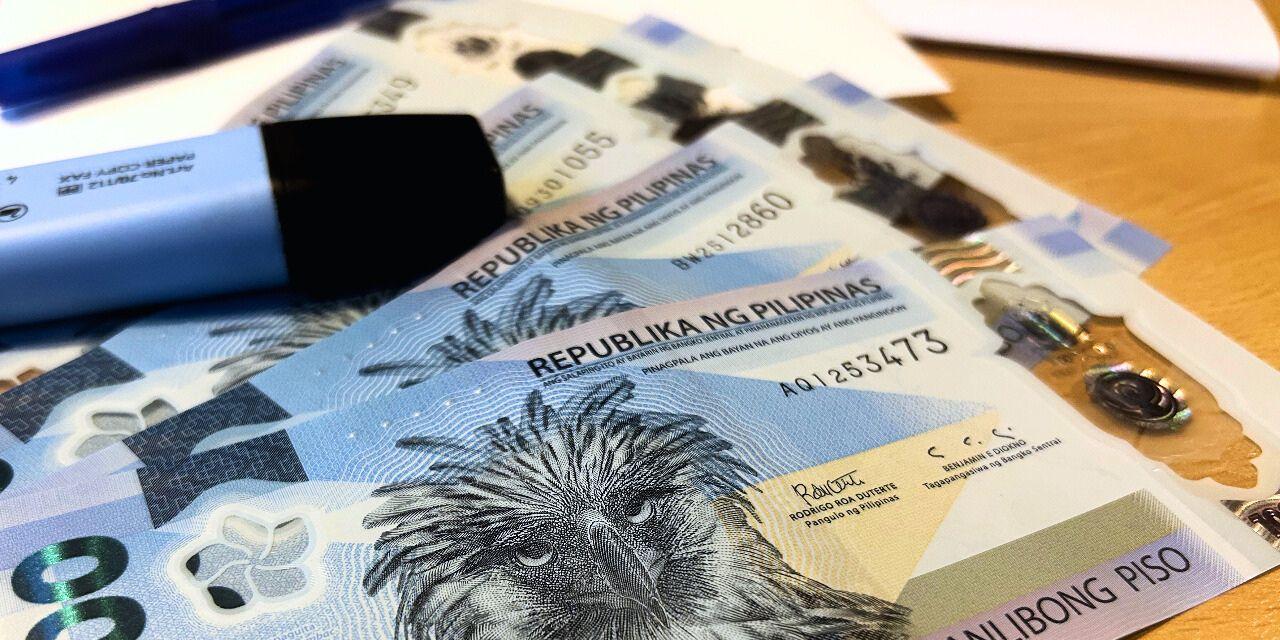Philippine peso seen to weaken to fresh record-low

The Philippine peso is expected to hit a fresh record-low this year, with the US dollar projected to strengthen across most Asian currencies as US President-elect Donald Trump is set to implement protectionist policies.
According to HSBC economist for ASEAN Aris Dacanay, the peso is expected to weaken even further than P59:$1 this year, a record-low which was last reported on December 19, 2024, but not as low as P60:$1.
“We do think it will depreciate beyond P59 (to a dollar) at a timing, most probably, the risks are towards the second quarter of 2025,” he told reporters in a briefing in Taguig City.
“We do think across the board, the USD will strengthen so all other Asian currencies will depreciate, but the Philippines will depreciate to a lesser extent and I do think it comes at the second quarter when the favorable seasonality actually diminishes,” he added.
This comes as Trump said he would sign an executive order that would slap a 25% tariff on goods coming from Mexico and Canada, and an additional 10% on China until it blocks the smuggling of fentanyl.
American Congress formally certified his election victory on Wednesday, ahead of his inauguration on January 20, 2025.
“We do think all Asian currencies will depreciate across the board but the Philippines will be the more resilient one, mainly because there are three conditions that make the Philippines or at least the peso currency more robust,” Dacanay said.
Among the reasons he cited are the Philippines being relatively insulated to tariff risks, the Bangko Sentral ng Pilipinas (BSP) having more reserves than other central banks in ASEAN, and that growth will likely remain “robust”.
Latest data from the BSP show that the country’s dollar reserves stood at $106.837 billion as of end-December 2024, lower than the $108.488 billion from the previous month, due mainly to net foreign exchange operations.
Economic growth, meanwhile, was recorded at 5.2% in the third quarter of 2024, bringing the year-to-date average to 5.8%, below the government’s revised target of 6.0% to 6.5%. Fourth-quarter and full-year 2024 figures are set to be released on January 30, 2025.
For this year, Dacanay said the Philippine economy is expected to average 6.3%, which is within the government’s target range of 6.0% to 8.0%, but below the initial goal of 6.5% to 7.5%.
“The challenge for the Philippines is yes, amongst ASEAN it is the most insulated compared to everyone else, but it’s not completely insulated because these tariff risks go through one part of our economy and that is monetary policy,” he said.
“You have the Fed rate with Trump being elected, markets are now pricing in higher interest rates in the US… And of course this matters for the Philippines because we cannot cut below the Fed if that makes sense. Cutting too much ahead of the Fed will introduce risks, currency volatility,” he added.—AOL, GMA Integrated News





